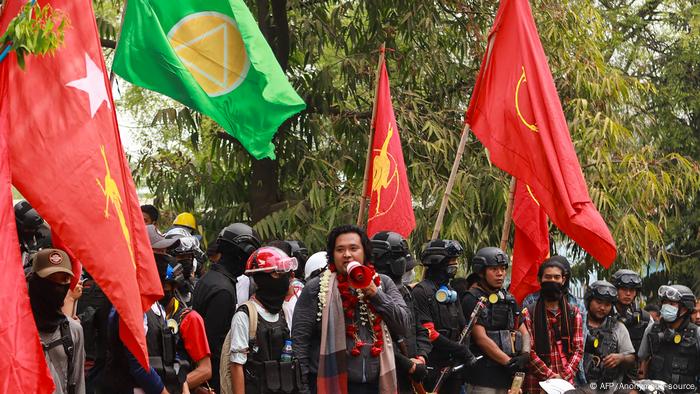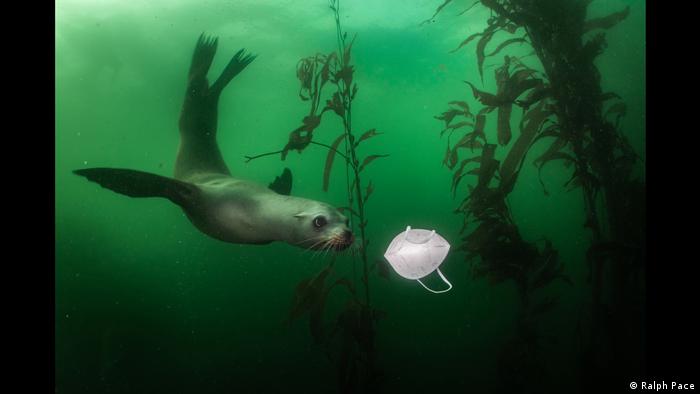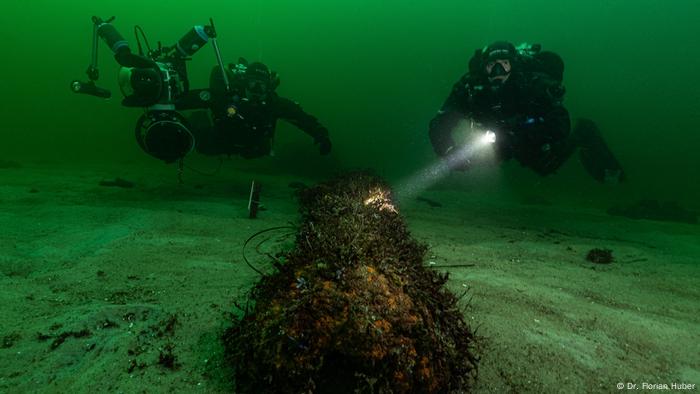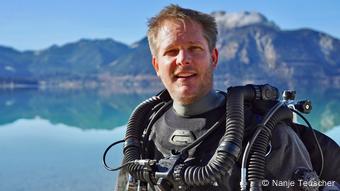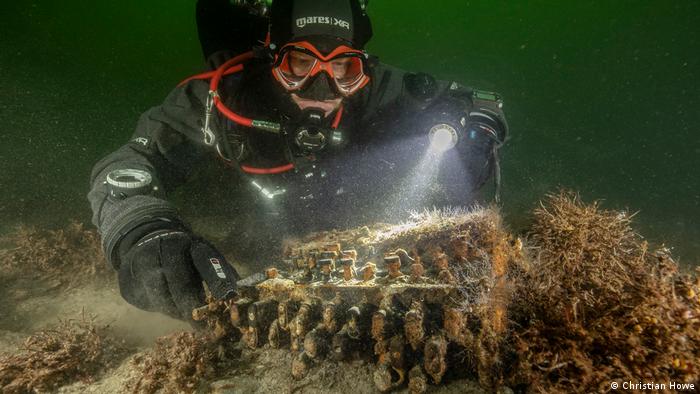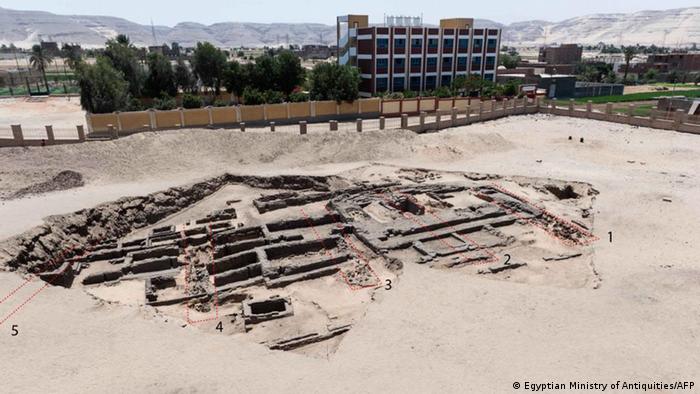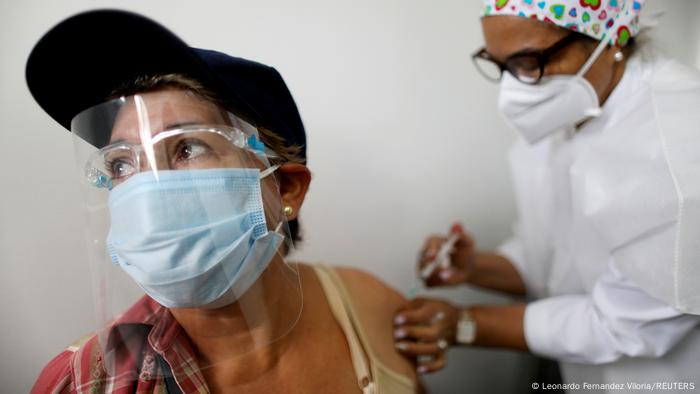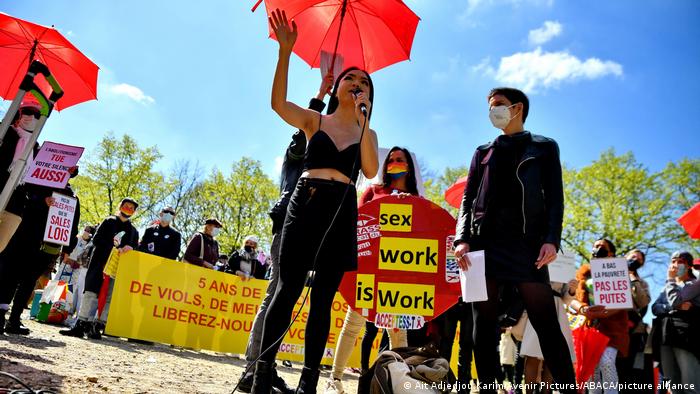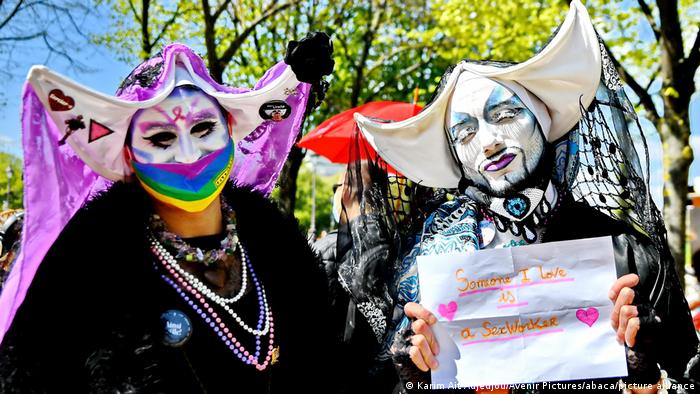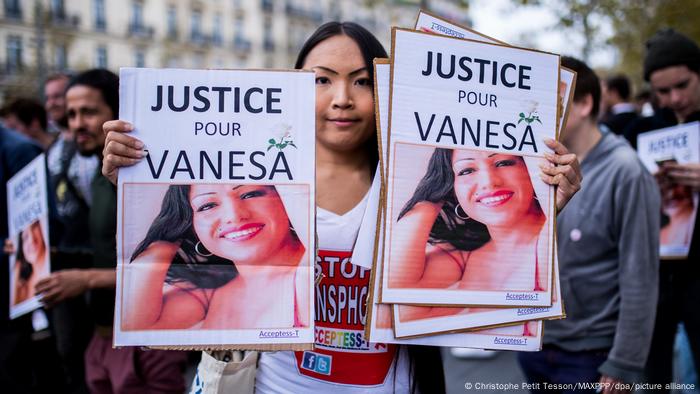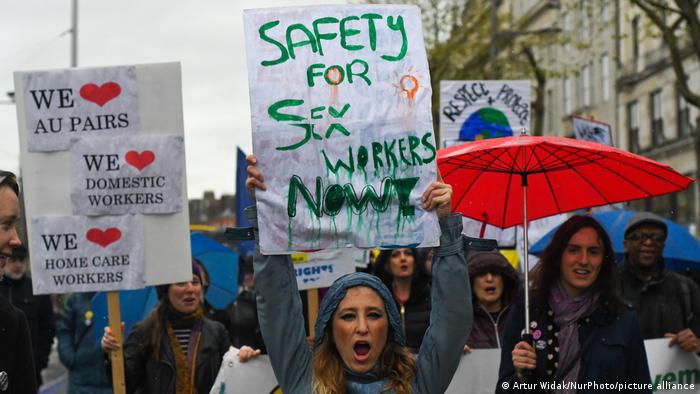NATASHA LINDSTROM | Wednesday, April 14, 2021

NATE SMALLWOOD | TRIBUNE-REVIEW
Gerlynn Williams, holds her grandson, Hudson Hyman, 4, of East Liberty, as they look on during a protest Tuesday night in Pittsburgh in solidarity with the protests in Minnesota after the killing of Daunte Wright at the hands of police.
A loosely organized group of protesters took to the streets of Pittsburgh in the name of police accountability on Tuesday night, hours after the white officer who fatally shot Daunte Wright during a traffic stop in a Minneapolis suburb submitted her resignation.
The demonstration, which remained peaceful, drew about 100 to 150 people to a two-and-a-half hour march with brief stops across the city’s East Liberty, Larimer and Shadyside neighborhoods.
It aimed to express solidarity with the protests in Minnesota following Wright’s death — though the event’s main speaker leading the march urged everyone to avoid turning to the likes of looting and vandalism.
“I’m seeing all of these other cities doing what they’re doing, breaking stuff …” the speaker, who did not identify themselves, said into a megaphone. “But it really isn’t worth it. And it solves nothing.”
There were no reports of incidents related to the event from police, which dispatched officers to monitor protesters as they moved and blocked off stretches of several streets surrounding them.
“It was a peaceful event with no arrests,” Pittsburgh Public Safety spokesman Maurice Matthews said by email shortly before 10:30 p.m.
The event against racism and injustice began at 7 p.m. with a circle formed outside the Target store at Penn and Centre avenues.
“Daunte Wright” was the newest of a slew of names of people whose deaths involved police violence posted to a chain link fence surrounding an empty lot across the street, with a backdrop of a “Say Their Names” mural painted across a wall. The site has been a meeting ground for protesters since George Floyd’s death last summer.
Holding up signs such as, “Abolish White Supremacy Systems” and “Asians for Black Lives,” protesters marched along Penn Avenue past Bakery Square and strips of corporate headquarters such as Google and shops such as West Elm and Trader Joe’s before entering Mellon Park.
Police on motorcycles kept a moving perimeter as the group marched.
Inside the park, while most of the group sat in the grass and shared stories about identifying white privilege and avoiding anarchistic means, a clash involving a small segment of protesters results in a dozen or so branching off on their own as they chanted, “Out of the park, into the streets!”
The two groups took off in a divergent directions at Fifth Avenue.
Many people in attendance said they didn’t want to be interviewed or have their photos taken.
After leading a chant against the Peduto administration’s leadership, the main group continued on with a stop outside Mayor Bill Peduto’s house, during which a speaker with a megaphone told people that a “diversity of tactics” should be used to achieve meaningful change, and that protesting and marching won’t be enough: “Being a tiny nuisance isn’t going to make any change,” the speaker said. “It’s listening to the black voices, not talking over them, and just understanding them.”
Earlier in the day, Peduto retweeted a statement about the need for major changes in the justice system to address inequities, and Peduto posted a tweet about building relationships between police and people in the community.
“Community Policing works best when community leaders engage with Officers and our Bureau of Police engages directly with neighborhood groups and leaders,” Peduto wrote.
After walking back toward the Target in East Liberty, protesters dispersed peacefully.
Natasha Lindstrom is a Tribune-Review staff writer.
Support Local Journalism and help us continue covering the stories that matter to you and your community.











